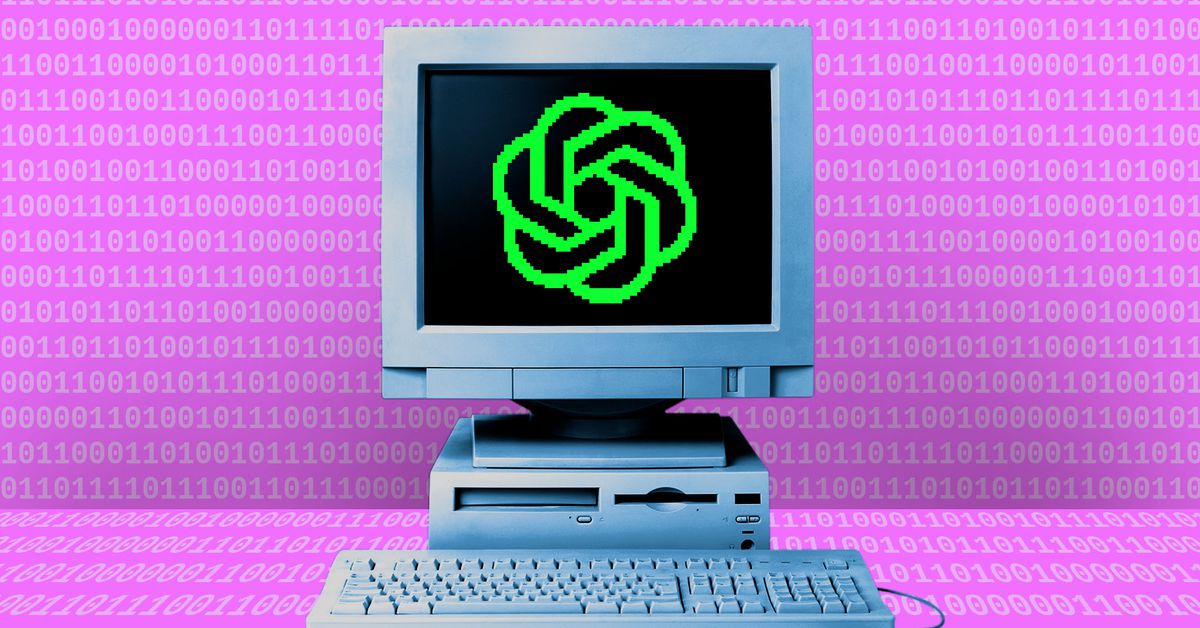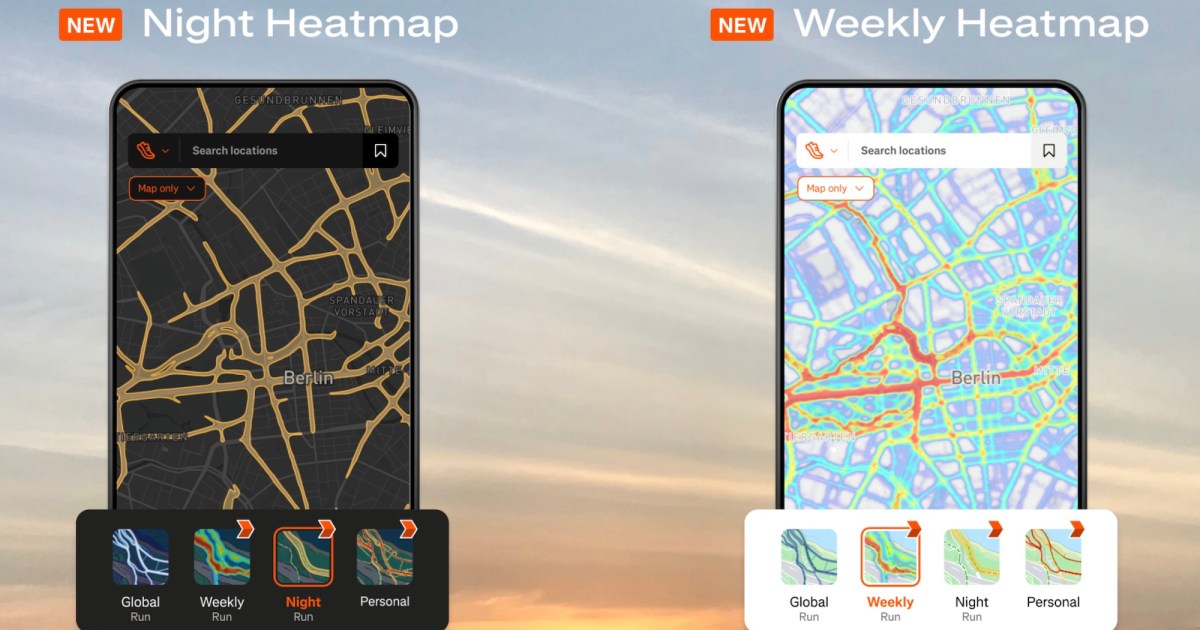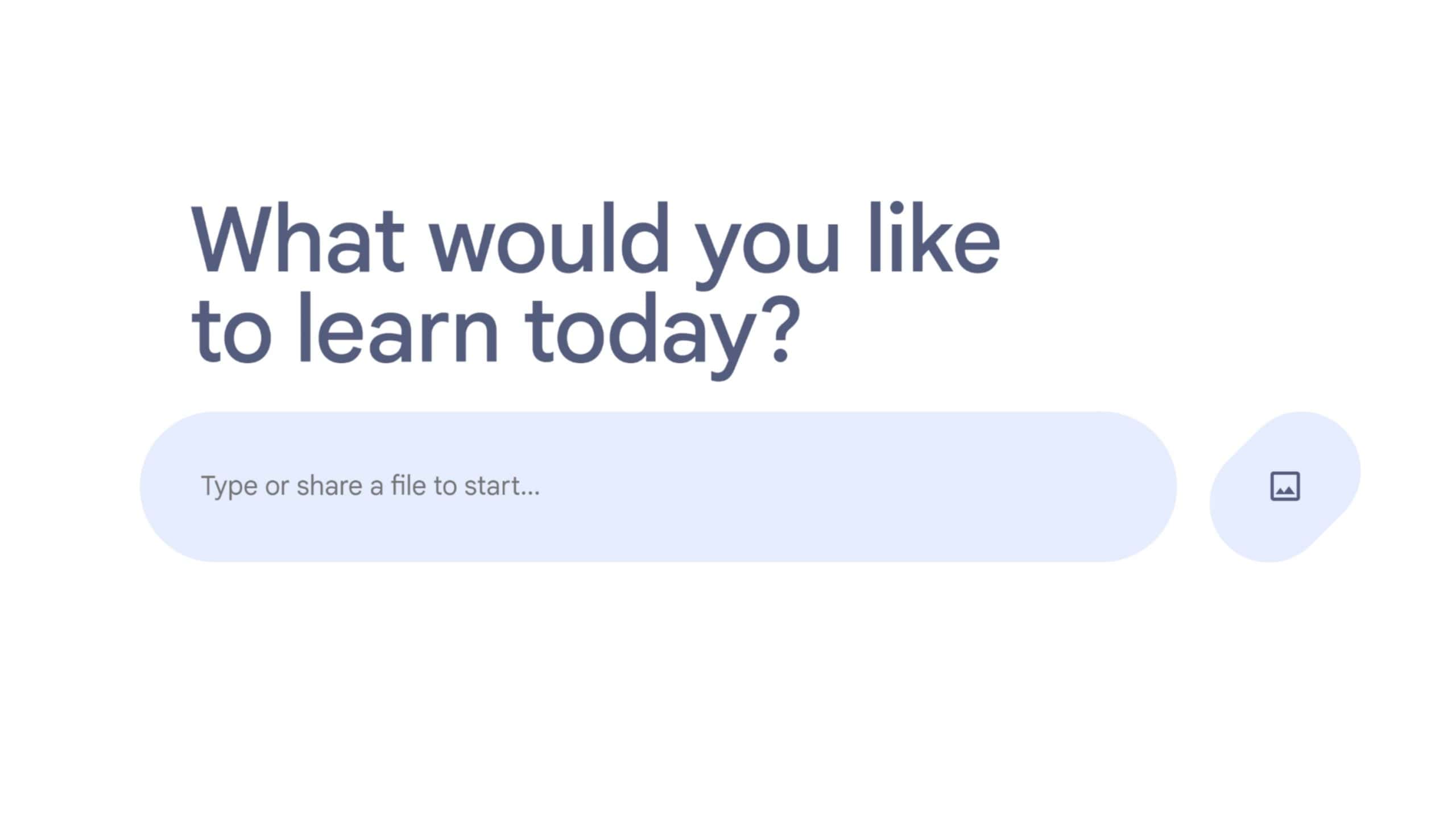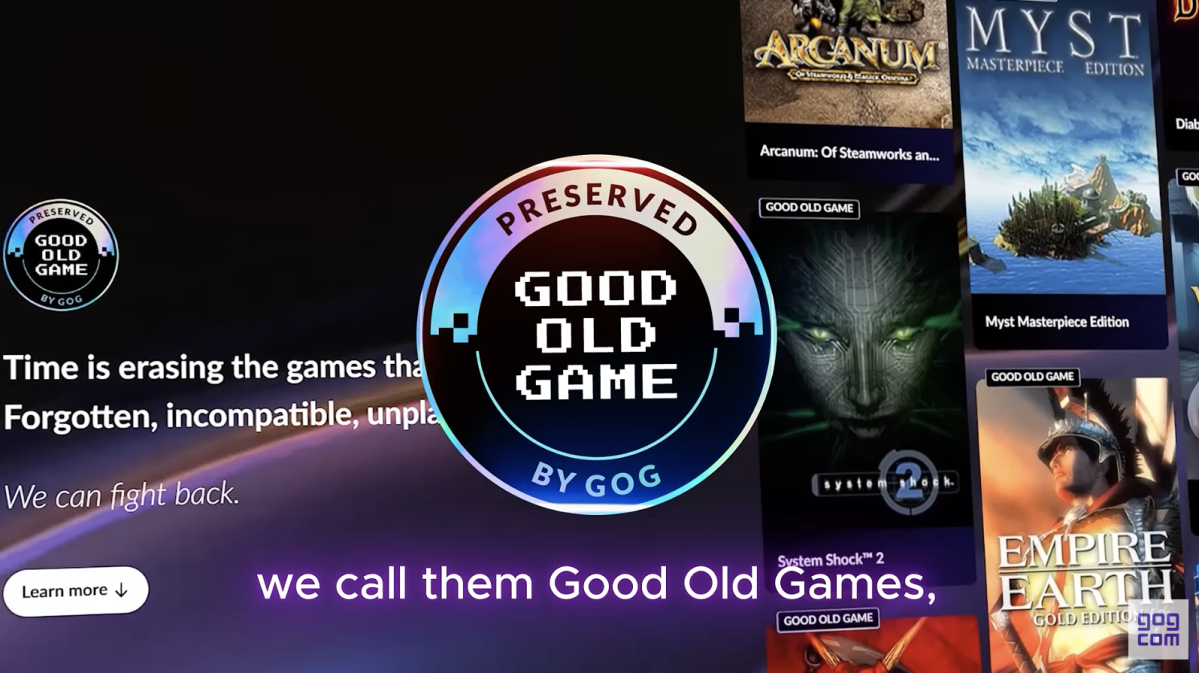Google’s Gemini is useful as an educational tool to help you study for that exam. However, Gemini is sort of the “Everything chatbot” that’s useful for just about everything. Well, Google has a new model for people looking for more of a robust educational tool. Google calls it Learn About, and it could give other tools a run for their money.
Say what you want about Google’s AI, the company has been hard at work making AI tools centered around teaching rather than cheating. For example, it has tools in Android studio that guides programmers and help them learn coding. Also, we can’t forget about NotebookLM. This is the tool that takes your uploaded educational content and helps you digest it. We can’t forget abou the Audio Overviews feature that turns your uploaded media into a live podcast-style educational discussion.
So, Google has a strong focus on education with its AI tools. Let’s just hope that other companies will follow suit.
Google’s new AI tool is called Learn About
This tool is pretty self-explanatory, as it focus on giving you more text-book style explanations for your questions. Rather than simply giving you answers, this tool will go the extra mile to be more descriptive with its explanation. Along with that, Learn About will also provide extra context on the subject and give you other educational material on it.
Google achieved this by using a totally different model to power this tool. Rather than using the Gemini model, Ask About uses a model called LearnLM. At this point, we don’t really know much about this model, but we know that Google steered it more towards providing academic answers.
Gemini’s answer vs. Learn About’s answers
We tested it out by asking what pulsars are, and we compared the answer to what Gemini gave us for the same question. Gemini delivered a pretty fleshed-out explanation in the form of a few paragraphs. It also snagged a few pictures from the internet and pasted the link to a page at the bottom. This is good for a person who’s casually looking up a definition. Maybe that person isn’t looking to learn the ins and outs of what a pulsar is.
There was one issue with Gemini’s answer; one of the images that it pasted was an image of a motorcycle. It pasted an image of the Bajaj Pulsar 150. So, while it technically IS a pulsar, a motorcycle shares very few similarities with massive rapidly spinning balls of superheated plasma billions of miles away from Earth.
What about Learn About?
Learn About also gave an explanation in the form of a few paragraphs; however, Learn About’s explanation was shorter. It makes up for it by producing more extraneous material. Along with images, it provided three links (one of which was a YouTube video) and chips with commands like Simplify, Go deeper, and Get images (more on the chips below).
Under the chips, you’ll see suggestions of other queries that you can put in for additional context. Lastly, in textbook style, you’ll see colored blocks with additional content. For example, there’s a Why it matters block and a Stop & think block.
Chips
Going back to the aforementioned chips, selecting Simplify and Get images are axiomatic enough. Tapping/clicking on the Go Deeper chip is a bit more interesting. It brought up an Interactive List consisting of a selection of additional queries that will provide extra information about pulsars. Each query you select will bring up even more information.

Textbook blocks
Think about the textbooks you used in school, and you’ll be familiar with these blocks. These blocks come in different colors. The Why it matters block tells you why this information is important. Next, the Stop & think block seems to give you a little bit of tangential information. It asks a question and has a button to reveal the answer. It’s a way to get you to think outside of the box a bit.
There’s a Build your vocab box that introduces you to a relevant term and shows you a dictionary-style definition of it. This is a term that the reader is most likely not familiar with.
The next block we encountered was the Test your knowledge block. This one has a quiz-style question and it gives you two options. Other subject matters might have more choices, but this is what we got in our usage.
We also saw a Common misconception block. This one pretty much explains itself.
Bottom bar
At the very bottom of the screen, you’ll see a bar with some additional chips. One chip should show the title of the current subject, and Tapping/clicking on it will bring up a floating window with additional topic suggestions. In our case, we also saw the interactive list that we saw previously. This one will show the list in a floating window.
One issue
So, do you remember when Gemini gave us the image of the motorcycles? Well, while the majority of Learn About’s images were relevant to the subject, it still retrieved two images of the motorcycles. As comical as it is, it shows that Google’s AI still has a ways to go before it’s perfect. However, barring that little mishap, Learn About runs as smoothly as the motorcycle it’s surfacing pictures of.
Use it today!
You can use Learn About today if you want to try it out. Just go to the Learn About website Learn About website, and you’ll be able to try it out. Just know that, as with most Google services, the availability will depend on your region. We were able to access it in the U.S. in English. Just know that you may not have it in regions that Google typically overlooks.
You can use it regardless of if you’re a free or paid user. Please note that Learn About is technically an experiment. This means that Google only put this on the market for testing. Google could potentially lock this behind a paywall after the beta testing phase. Just know that this feature could disappear down the line. So, you’ll want to get in and use it while you can.











































































































































































You must be logged in to post a comment Login